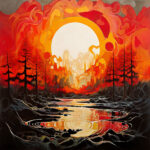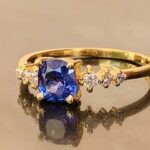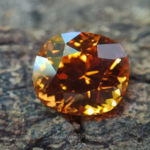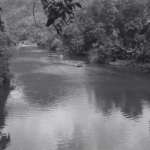
Ancient Scandinavia and Gemstones
Scandinavia,home of the mythical gods Thor and Odin, is often overlooked but rich in history

Scandinavia,home of the mythical gods Thor and Odin, is often overlooked but rich in history

Ever been fascinated by the dwarves of the lonely mountain? With their crafty ways. And

Silent in the glance.. yet empowering… Providing the wielder, that desired touch of magic…. “You

For a gemstone beauty alone is insufficient, rarity and durability are equally essential properties. Eg:-


It all starts with magma. The red hot liquid stuff inside the earth. Hotter and